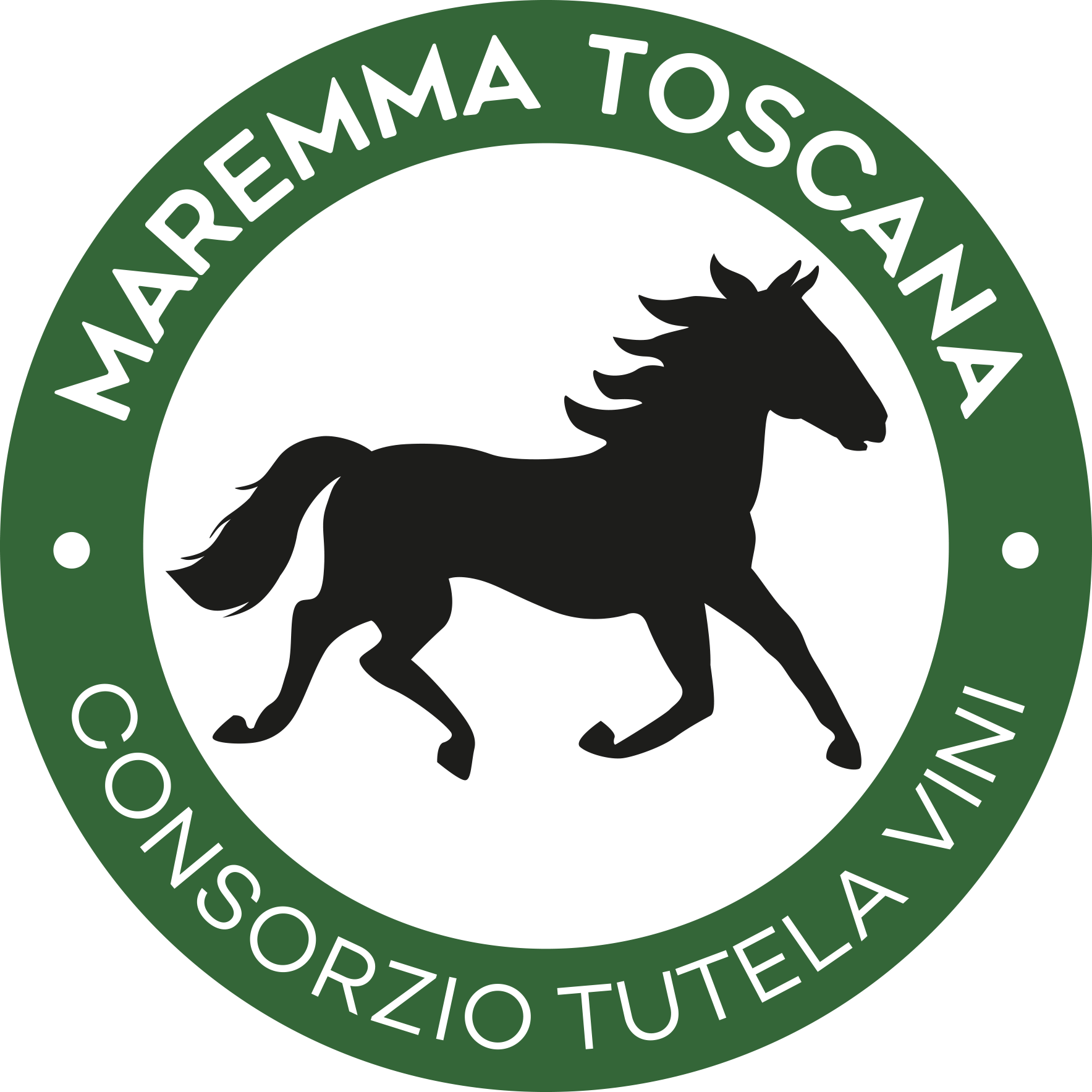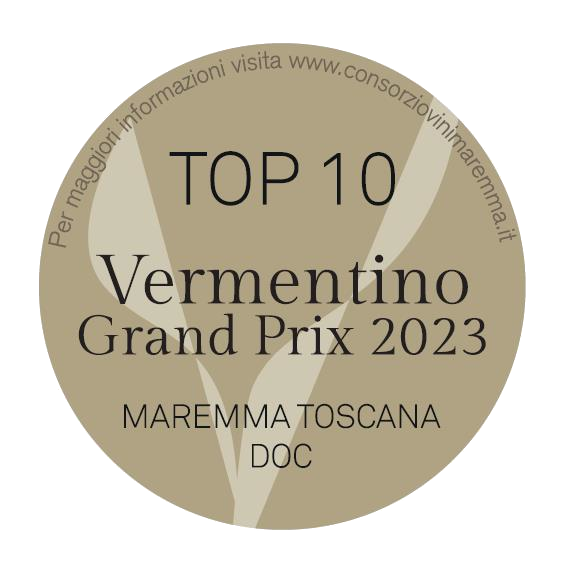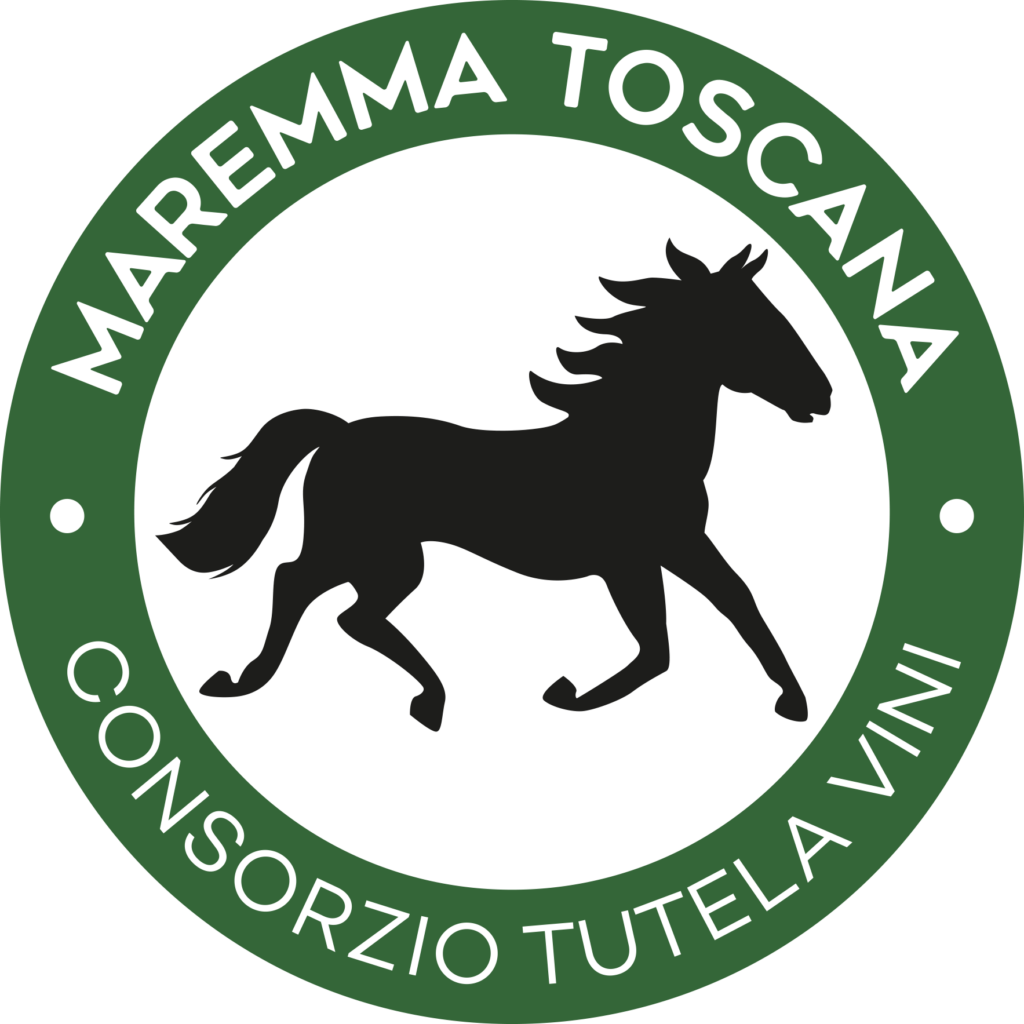Chardonnay
It is an international grape of French origin, precisely from Burgundy, also cultivated in Maremma where there are about 160 hectares (but in 2006 there were just 48), concentrated above all in the municipalities of Pitigliano, Gavorrano, Scarlino and Sorano.
It is also known by the synonyms Pinot-Chardonnay, Pinot giallo, Chardenet, Arnoison, Màconnais, Aubain, Epinette blanc, Weiss Burgunder.
For some, the name derives from a small town in the Mâconnais area, called Chardonnay (a term that derives from chardon, or cardo). However, the period of introduction of the vine in Italy is not known: it is certain, however, that at least until 1978 (date of registration in the National Register) it was exchanged and confused with Pinot Blanc, with which, moreover, it was often cultivated. together and just to recognize it from the other variety it was also called Pinot giallo.
It is a vine with an early or medium ripening period, and has a high vigor. It prefers hilly soils, of clayey-calcareous nature, and cool and ventilated environments; it is best expressed in areas with a temperate-warm climate, even if it adapts quite well to all pedo-climatic situations.
Chardonnay wines are straw yellow in color not too heavy, with green reflections if young or golden with greater evolution, with a delicately fruity aroma, with marked notes of apple, acacia flowers and hawthorn, but its bouquet, with aging, it becomes more complex, enriching with notes of mugwort, toasted hazelnut, butter and honey; to the taste they are fine and elegant, with quite high alcohol content and fixed acidity.
Chardonnay wines lend themselves to pairings with fish soups and appetizers (crustaceans and molluscs), seafood risottos, broths and fish soups, but they are also excellent with grilled seafood, baked fish or in a salt crust. , white meats and medium-ripe cheeses (the more refined versions).
The Chardonnay and Maremma Toscana DOC grape variety:
Maremma Toscana DOC “Bianco” and “Bianco Riserva” (presence in the maximum limit of 40% as complementary white grape)
Maremma Toscana DOC “Bianco Spumante” (presence in the maximum limit of 40% as a complementary white grape)
Maremma Toscana DOC “Passito Bianco” (presence in the maximum limit of 40% as a complementary white grape)
Maremma Toscana DOC “Vendemmia Tardiva Bianco” (presence in the maximum limit of 40% as a complementary white grape)
Maremma Toscana DOC “Vin Santo” (presence in the maximum limit of 60% as a complementary white grape)
Maremma Toscana DOC “Chardonnay” (presence for at least 85%)
Maremma Toscana DOC “Chardonnay Passito” (presence for at least 85%)
Maremma Toscana DOC “Late Harvest Chardonnay” (presence for at least 85%)
Maremma Toscana DOC Bivarietale: Chardonnay associated with another white grape variety (presence between 15% and 85%)


